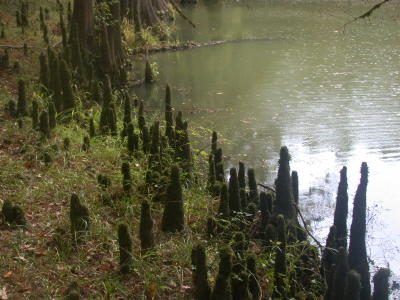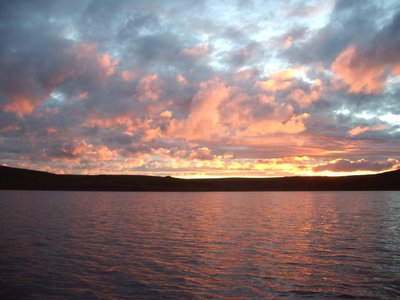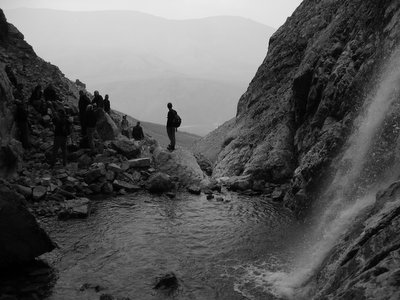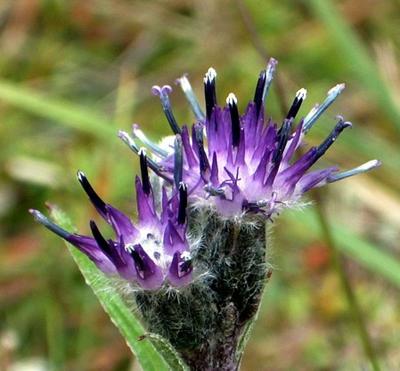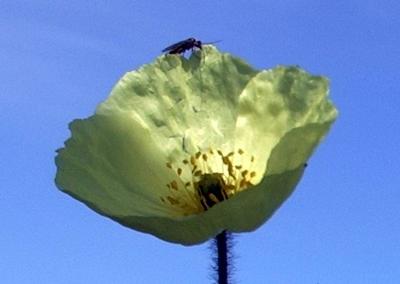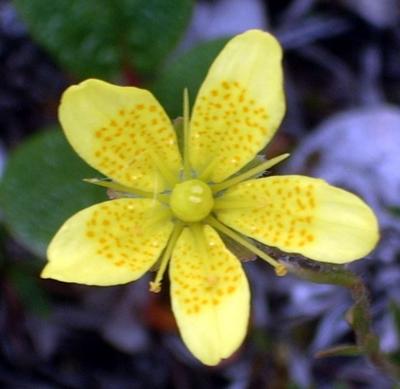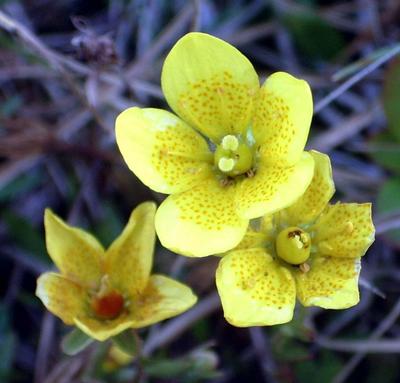Extreme Environments
This blog will serve as a way for me to share pictures I and others have taken of the diversity of life in the extreme environments I have experienced and of places I wish to visit. My motivations regarding this can be found on the post "Extreme Environments" on my other blog "Ericaceaesd" available via blogger. I hope you all enjoy. I will try to post a new photo at least once a day.
Sunday, October 30, 2005
Saturday, October 29, 2005
Friday, October 28, 2005
Thursday, October 27, 2005
Wednesday, October 26, 2005
Monday, October 24, 2005
Saturday, October 22, 2005
Mojave
In the spring of 2001, I took a course from ISU called 'Field Ecology'. We designed experiments where we asked questions regarding the ecology of the south-western Mojave desert:
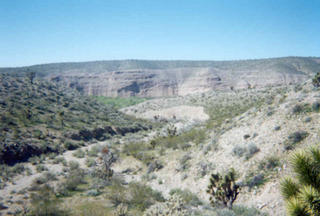
I asked, "are woodrats Neotoma lepida (desert woodrats) central foragers regarding the Joshua trees Yucca shridigera?
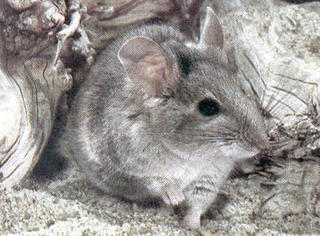
I found that yes they are important users of this monocot 'tree' and they are central foragers (as are most herbivors):
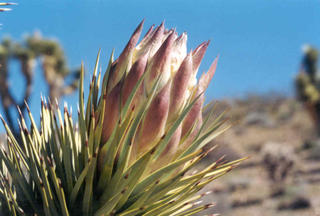
But more importantly, that spring break in southwest Utah, I learned that there are people who think like me.
and, we sure had fun.
Thursday, October 20, 2005
Squeaky Beach
Few folks know this about me, but I lived in Australia for a while about ten years ago. I had the occasion twice to visit Wilson's Promontory National Park (Wilson's Prom, as the locals say). What a cool place. The first time I went down there we left Traralgon, Vic wirh a full moon at about 11:30 driving through the night in August, 1993. I recall Billy Joel's 'River of Dreams' on the radio. There were five of us guys: Steve, Tareak, Terry, Stohton (I don't recall his primary name), and I. We slept uncomfortably in Terry's hotrod over a bluff. The moon was full, and when the sun came up we woke up to something like this:
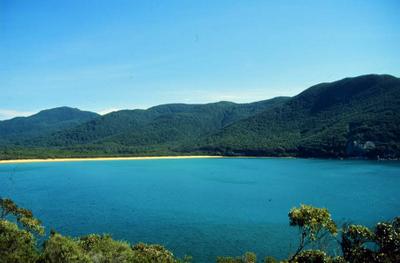
Australia is a beautiful place. Before hitting the beach we went for a hike in the rainforest. It was like other hikes I had in the states, but you had to watch out for the razor bushes (plants with leaves so sharp {full of schlerenchyma} they will slice your hands all the way to the arteries). It was all down hill. At one point we scared up one of these guys:
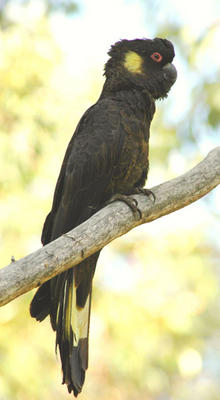 A Black Cockatoo, or one of his relatives. We finally tired of running through the forest and came to "Squeaky Beach". The beach has the most beautiful sand that actually squeakes when you walk across it. I body-surfed for the first time in my life in these waters on this beach. I had a great time.
A Black Cockatoo, or one of his relatives. We finally tired of running through the forest and came to "Squeaky Beach". The beach has the most beautiful sand that actually squeakes when you walk across it. I body-surfed for the first time in my life in these waters on this beach. I had a great time.
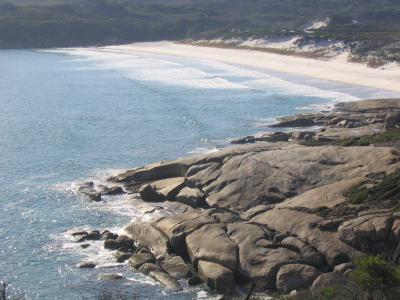
Wilson's Prom is the Southernmost place in Australia. It is a peninsula that juts out of Southeast Victoria. We stopped and got chips at a small place (I can't remember) in southern Victoria on our way back to Traralgon. What a great couple of days.
The second time I went there wasn't as innocent. I went with Tareak's brother, Omar, Steve, and myself. Stohton had gone on his way and Terry had overdosed on heroine and died. It wasn't near as fun.
Wednesday, October 19, 2005
The midnight sun over an arctic lake

Taken by Brian Moon July 29, 2005 at 11:05 P.M. looking due north.
Tuesday, October 18, 2005
Pedicularus oederii in front of the Galbraith Aufice

Here is Pedicularus oederii in front of the Galbraith Aufice. I have a description of Aufice on my other blog (Check the June Archives). The time was about 10 p.m. mid June 2004.
Monday, October 17, 2005
Mountains 'n' Mesas in Southwest Colorado
On August 23, 2003, I left my beloved Idaho for a questionable future in Texas. I had a car full of clothes and some other crap. I drew what I thought was a strait line between Pocatello and north Texas through the southwest on my map. I drew another strait line that included the states of Kansas and Oklahoma, but I wouldn't have any of that; no offense, but you both are too flat. I chose the first line. The first thing I saw after leaving the Great Basin was the cool sedimentary formations that make up the Colorado Plateau:

I then proceeded to Grand Junction and up over the Tuleride pass as my strait line dictated (my strait line included a 11,000 ft pass and winding switchback) .


I had a bit of a hairy time that day before I descended into New Mexico. I came away with one thought: Southern Colorado is cool. I wouldn't mind living there some day.
Saturday, October 15, 2005
Japanese Lantern Flower
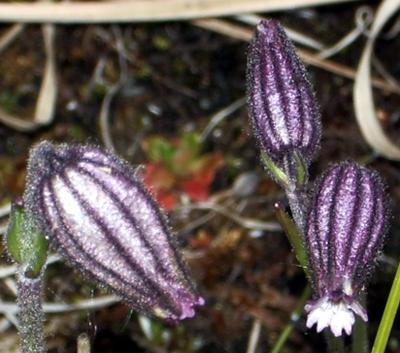 Niether Laura nor I can ever remember the name of this plant. So we call it Japanese Lantern Flower. I looked it up though; it's Melandrium apetalum in the family Caryophyllaceae (the pinks). Carnations are pinks to taxonomically speaking. I think it is fun to say Scientific names. Unlike other romance languages, Latin scientific names are pen pen, meaning you pronounce the third to last syllable the strongest unless otherwise noted. Thus, Japanese Lantern Flower is pronounced 'Mel-AN-dri-um a-PET-a-lum'. Becha didn't know that. Pretty no?
Niether Laura nor I can ever remember the name of this plant. So we call it Japanese Lantern Flower. I looked it up though; it's Melandrium apetalum in the family Caryophyllaceae (the pinks). Carnations are pinks to taxonomically speaking. I think it is fun to say Scientific names. Unlike other romance languages, Latin scientific names are pen pen, meaning you pronounce the third to last syllable the strongest unless otherwise noted. Thus, Japanese Lantern Flower is pronounced 'Mel-AN-dri-um a-PET-a-lum'. Becha didn't know that. Pretty no?
Friday, October 14, 2005
Thursday, October 13, 2005
The white mountains
I've never been to the White Mountains. They lie on the border between California and Nevada just northeast of Death Valley.

They are home to the oldest living plant the "bristlecone Pine" or Pinus longeava.
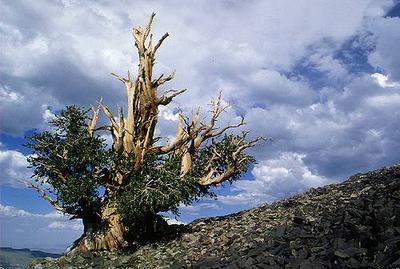
Trees produce annual growth rings in temperate climates due to the differential precipitation among seasons. Thus, they grow a lot in the spring. The oldest living organism on the planet was chopped down in 1967 by a group of mad happy foresters. It was at least 16,000 years old (it had 16000+ growth rings). The current oldest living bristlecone pine is about 12000 years old; meaning that it first made it's maiden trip up out of the soil about 12 millenia. Anazing no?
Sunday, October 09, 2005
Saturday, October 08, 2005
Friday, October 07, 2005
Pedicularis spp.

Pedicularis oederi (I think, I can never keep the species of the genus Pedicularis spp.). This photo was taken by my undergrad Brian Moon this summer at Toolik. There are about seven species of Pedicularis where we work in Alaska, and 22 in western Canada, Eastern Siberia, and Alaska. They all bloom at different times and places on the tundra during the short summer; until one can see their flowers, they all look the same. Thus, we often can't tell them apart. When the time comes, the flowers appear in an array of colors with shapes congruent with their family: Schophulariaceae (the figworts). My advisor said "I never thought of looking at a Ped spp. from above". Such symmetry from a family of plants that is so asymmetric!!
Thursday, October 06, 2005
The Big Thicket
The Big Thicket is a cool place in southeast Texas. It is basically a swamp-wilderness area home to a very diverse assortment of plants and animals. I went there last fall with my good friend Kerri to help her wrap up her thesis data collection. The swamp is dominated by the Bald Cypress tree (Taxodium distichum).
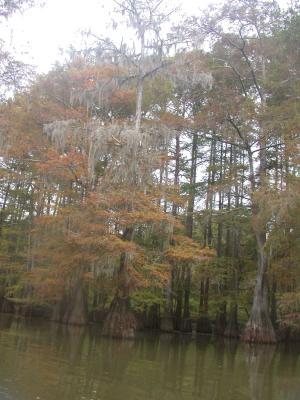
They create advantagous roots which grow towards the surface to get air for root tissue respiration during floods. The tree is a conifer, but sheds it's leaves every fall. Strange no?
I can't wait to for a reason to get back.
